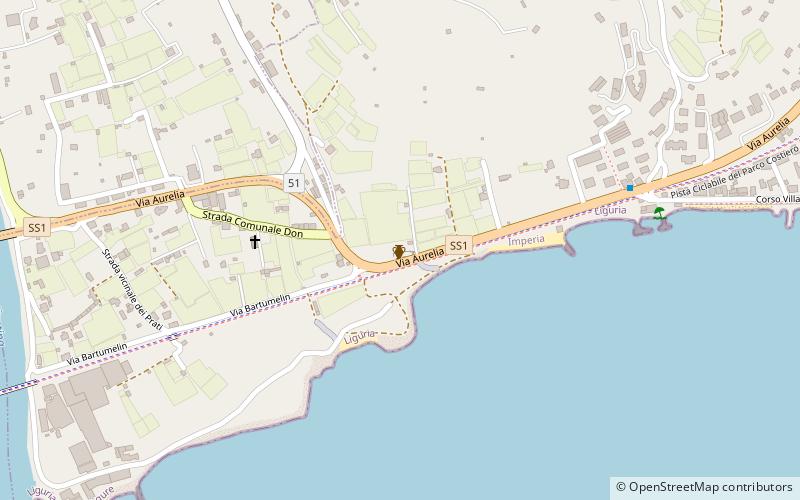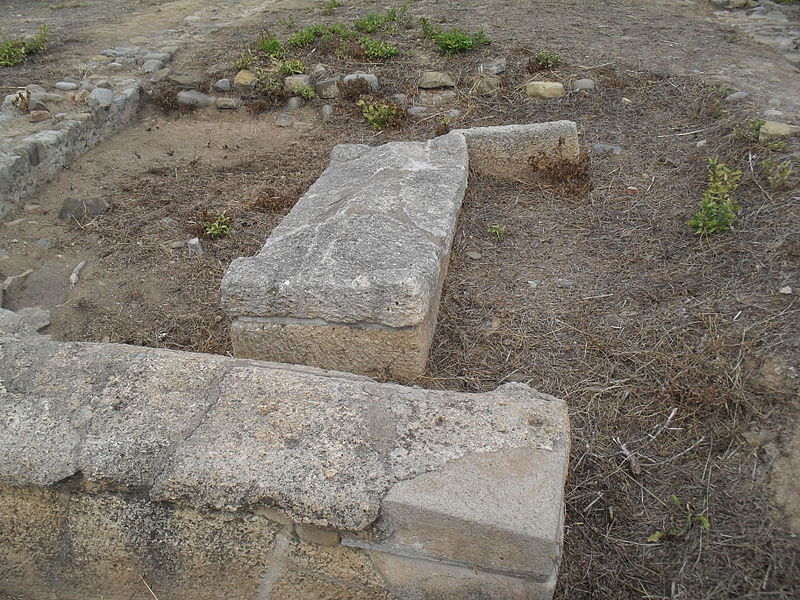Costa Balenae, Riva Ligure


Facts and practical information
Costa Balenae is an archaeological site located along the ancient route of the Via Julia Augusta near the mouth of the Argentina stream, mentioned both on Antoninus' itinerary and on the Peutingerian Table, on the latter as Costa Bellene. It is also called the Archaeological Area of Cape Don.
The toponym of Costa Balenae could derive-according to some studies-from the Ligurian deity Belenus, linked to the fertility cult and assimilated by the Romans to the god Apollo, while another, less documented version reports the connection of the toponym to King Belo, father of Dido, of Phoenician origin. Located in the present territory of the municipality of Riva Ligure, formerly in an intermediate position between Lucus Bormani and Albium Intemelium, it is believed to have been founded shortly after the victory over the Ligurians reported in 181 BC by the consul Paulus Aemilius.
Close to the sea, it had a small landing place and was mainly used as a road station for changing and stopping horses and for goods to and from Gaul. Numerous coins and medals found on site suggest that Costa Balenae remained very active throughout the Roman Empire: recent excavations, conducted by the Pontifical Institute of Christian Archaeology, have confirmed this hypothesis and the near certainty of a continuity of life in the settlement from the second or first century B.C. to the third or fourth century A.D. The Christianization of the site can be dated to the latter centuries, but the archaeological traces found date at most to the first half of the 6th century, when it is erected, probably at the behest of the bishop of Albenga in whose jurisdiction the area fell, the so-called "basilica of Capo Don," including an octagonal-shaped baptistery, perfectly preserved and typical of the early Christian period like those, very similar, found in the Roman cities of Albium Ingaunum and Forum Julii; in addition there is a conspicuous burial area, a further sign of a well-organized center used with continuity, with successive modifications and narrowing of the buildings, until the 10th century, perhaps in part even until the 12th century if we are to take into account the presence, on the high ground behind the site, of a Benedictine monastery under the dependence of Genoa, attested until the 14th century. The decline of the settlement is probably to be ascribed to a combination of causes: the formation of new settlements in the vicinity, the reorganization of religious institutions in western Liguria, changing traffic and transport routes, and the violent incursions of the Muslims stationed in the south of France at Frassineto.
Edward and Margaret Berry in their "At the Western Gate of Italy" also mention this important station on the Via Julia Augusta.
Costa Balenae – popular in the area (distance from the attraction)
Nearby attractions include: Teatro Ariston, Capo dell'Arma Lighthouse, Chiesa di Santa Maria Assunta e San Giorgio, Chiesa di Santa Maria e Maddalena.











